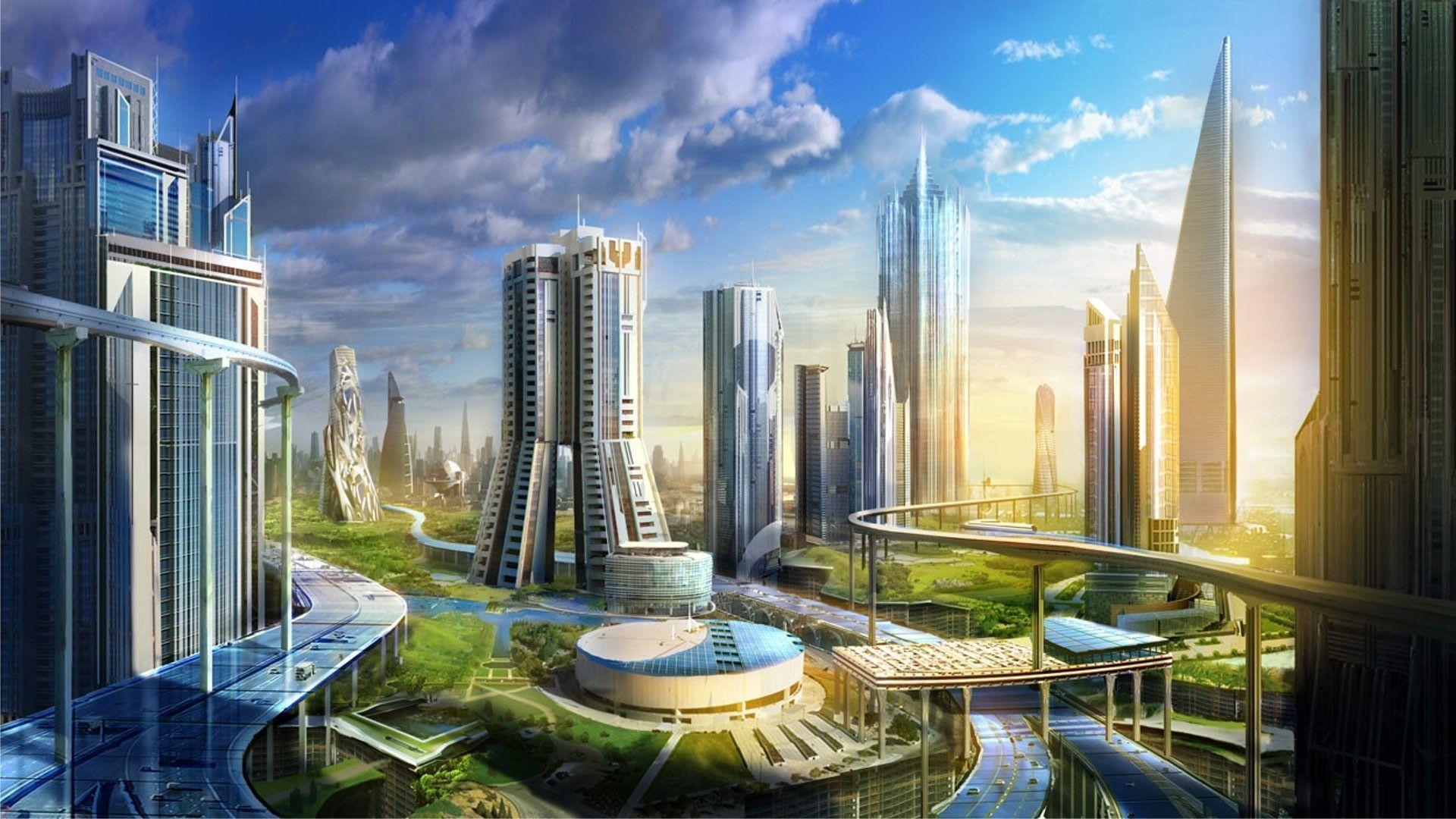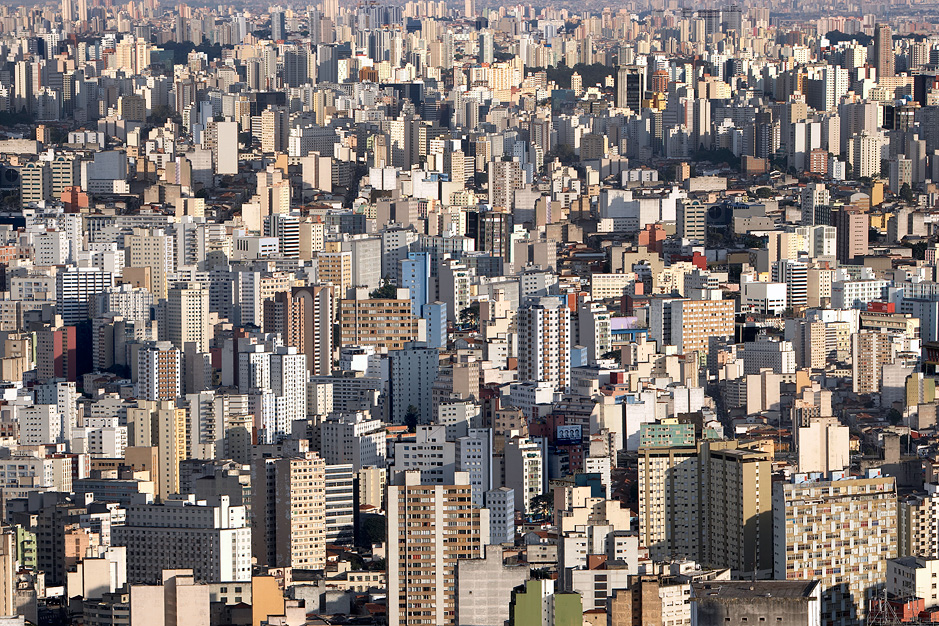Do we really need skyscrapers…?
They’re tall, but that’s about all..!

[stextbox id=’info’]Despite an initial “wow, that’s cool..!”, such “futuristic” cities do not make practical sense with their “gee-whiz” monorails, suspended highways, vast underground car parks, and other nonsensical stuff. Such designs also perpetuate the typical OBeCity segregation of living spaces from work, schools, shops, etc.

WHY SKYSCRAPERS SUCK
- Very inefficient and energy wasteful
- Very high power consumption – heating and cooling costs, elevators
- Deep underground car-parks over many levels
- ALIENATION – no social spaces, people tend to stay in their apts.
- Vertical walls are inherently unstable – a challenge to gravity, like cliffs prone to collapse,
- Very deep foundations – only practical due to inflated land prices.
- Intensify and magnify adverse weather such as heat, cold, wind, and rain.
- Block sunlight and create a canyon-like effect prone to wind gusts.
- Banks of elevators in constant motion use vast amounts of electricity.
- Voids of redundant airspace between adjacent towers.
- “Vertical sprawl” is as wasteful of space and energy as longitudinal sprawl.
- Wind turbulence and shaking
- tall narrow building profiles are thermally inefficient and prone to rapid heat gain or loss
- enormous air-conditioning demand – hot air pumped into the surrounding environment
- rainfall pours uselessly and wastefully down their sides into giant storm water drains
- concentrate and funnel powerful gusts of wind into and along their concrete canyons
- High-rise balconies tend to be very windy and unpleasant to use
- Shadowed streets and plazas – trees take longer to grow, and flowers do not bloom as well
- elevators consume vast amounts of energy, much of it wasted on empty or near-empty cars.
- windowless elevators cause anxiety and psychological stress. Claustrophobia and Agoraphobia
- Occupants feel isolated and imprisoned and dislike going out
- Densely-packed skyscrapers are a very un-appealing sight
- Demolition – very difficult when hemmed-in with other high-rises
- Skyscraper fires are frequently inescapable
- Terrorists love to target skyscrapers
- vulnerable to earthquakes
Skyscrapers are a sterile and people unfriendly design
residents are isolated from each other and, with no public plaza to gather and meet, there is no community life.
Wind turbulence bouncing off adjacent towers make it uncomfortable to sit on an open balcony
Going outside means enduring forced silence on the long elevator ride to ground level.
Once at ground level you need to walk some distance to find a nice park or garden that is not in the shadow of the surrounding buildings
Tower block lobbies are sterile spaces where nobody wants to linger
Unlike a pyramid, tall skinny buildings have no space for a beautifully exotic atrium
Skyscrapers could never create the relaxed friendly ambience of an OΔsisCity.
In a skyscraper fire, heat and flames rise vertically – igniting the apartments above and the smoke asphyxiating the occupants, who often have no escape route.

[stextbox id=’info’]The sloped profile of a pyramid reduces the risk of fire spreading from lower to upper floors. In the unlikely event that fire does spread, residents would not get trapped on a narrow floor with a single smoke-filled stairwell – they would be able to escape via lateral routes. Firefighters would be able to enter the building, get above the fire and direct water down, rather than attempting to douse the fire from far below.
